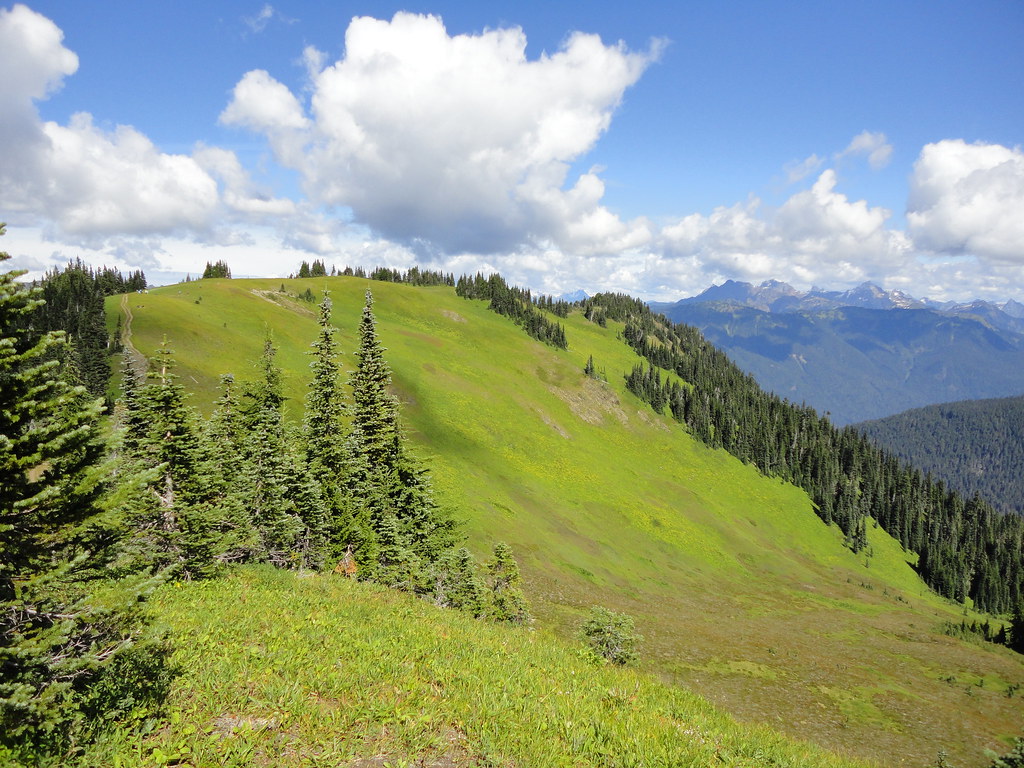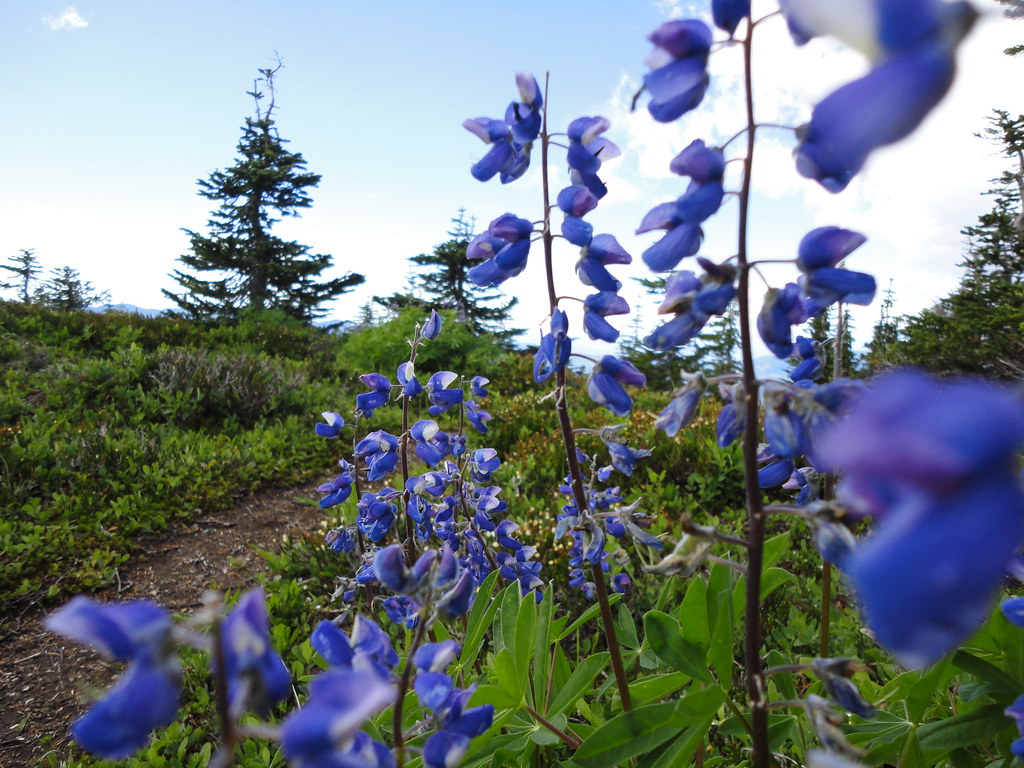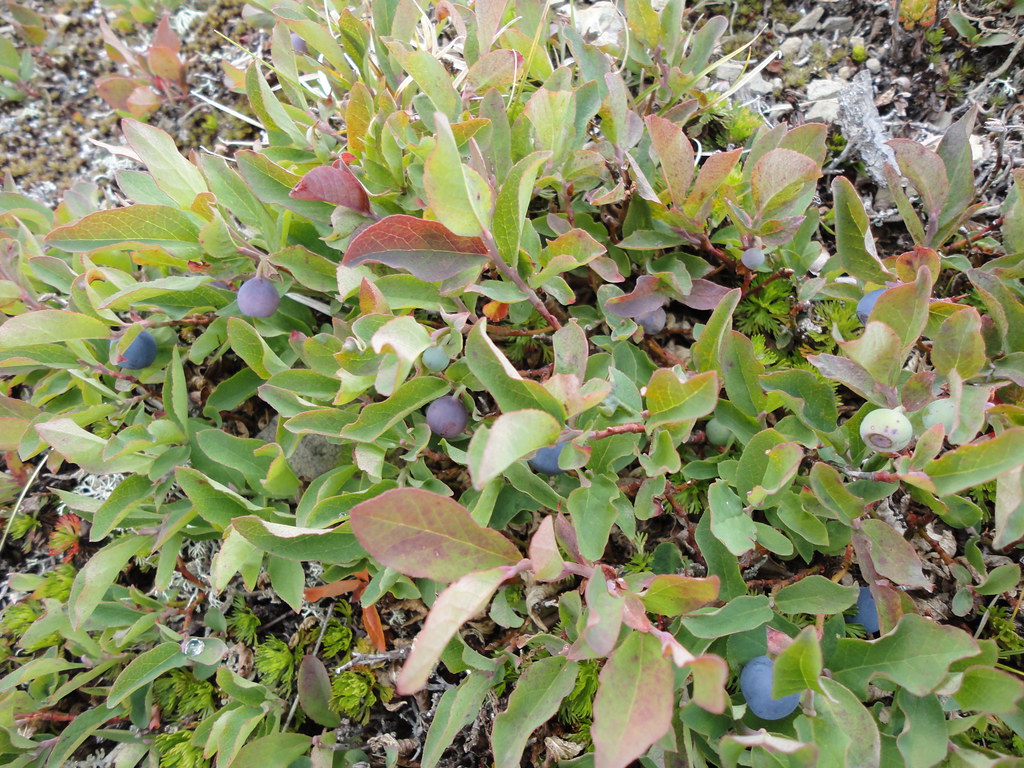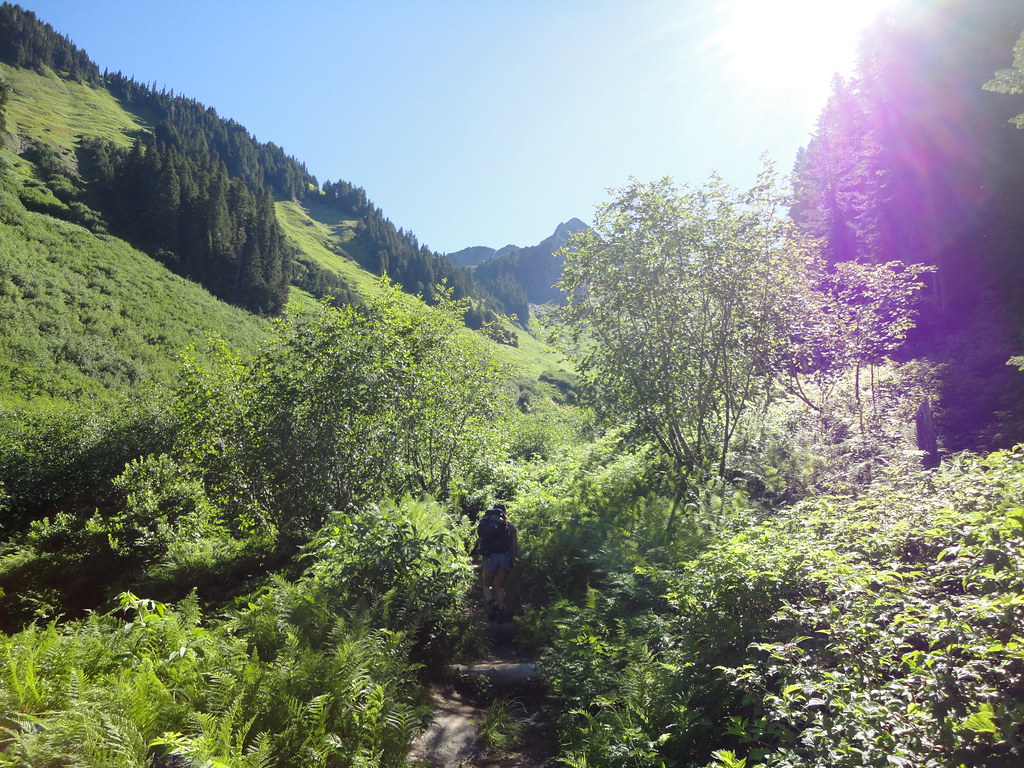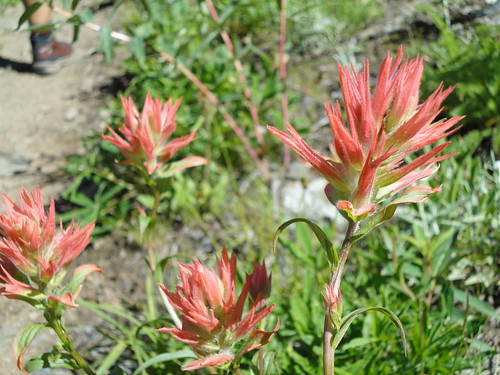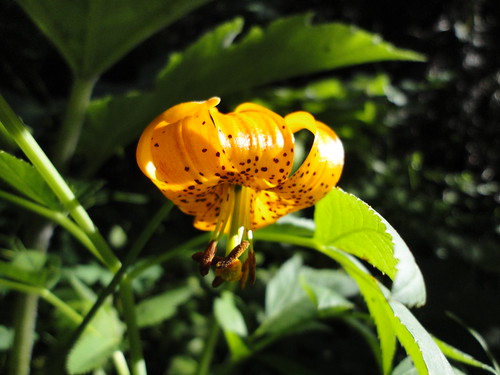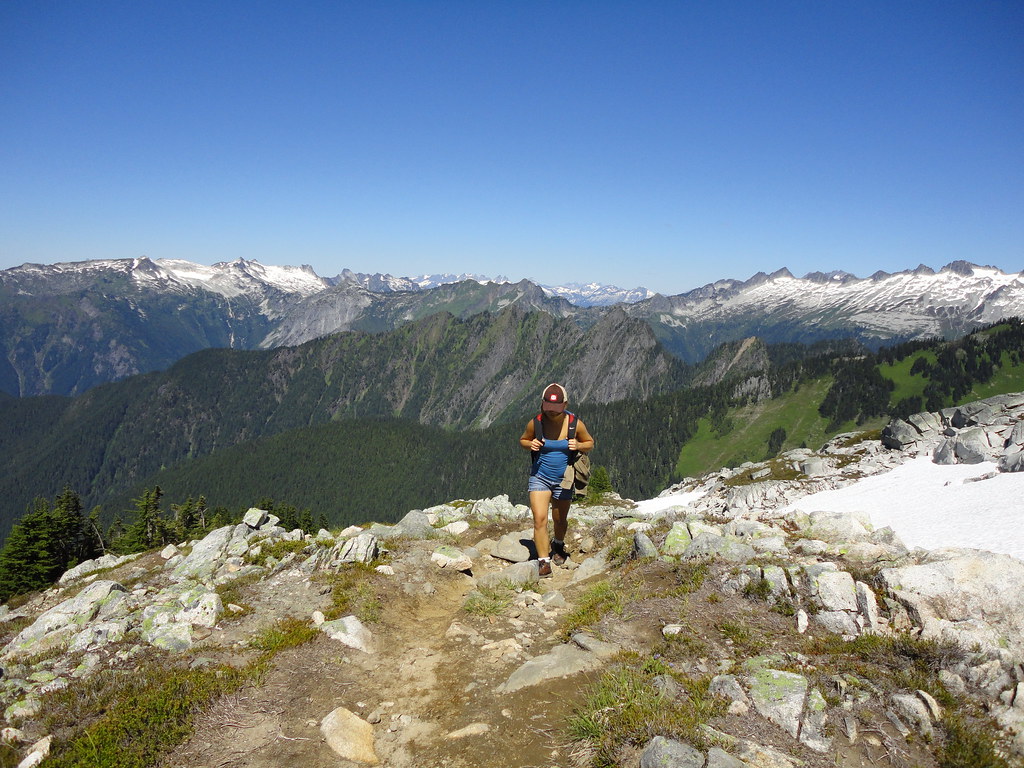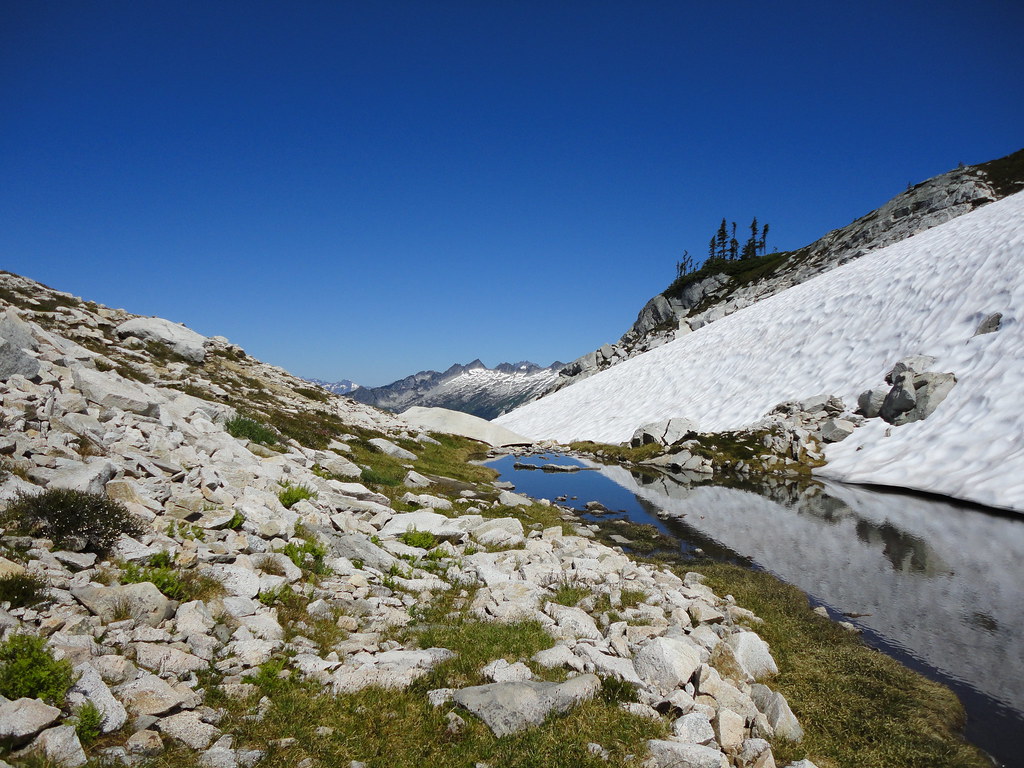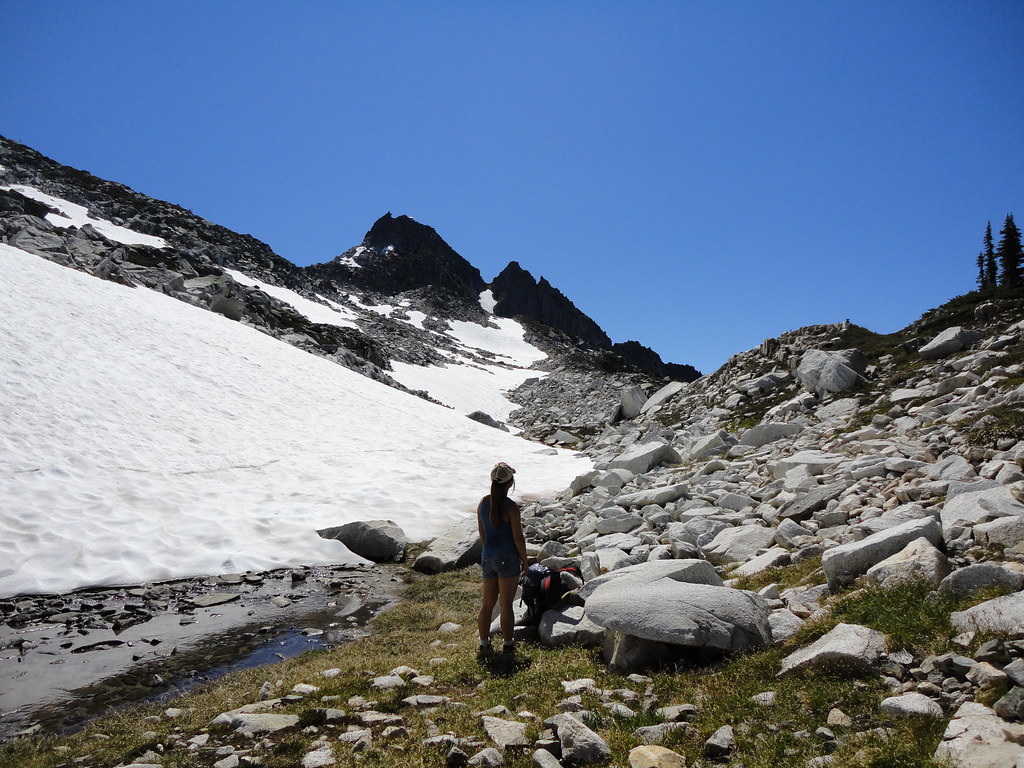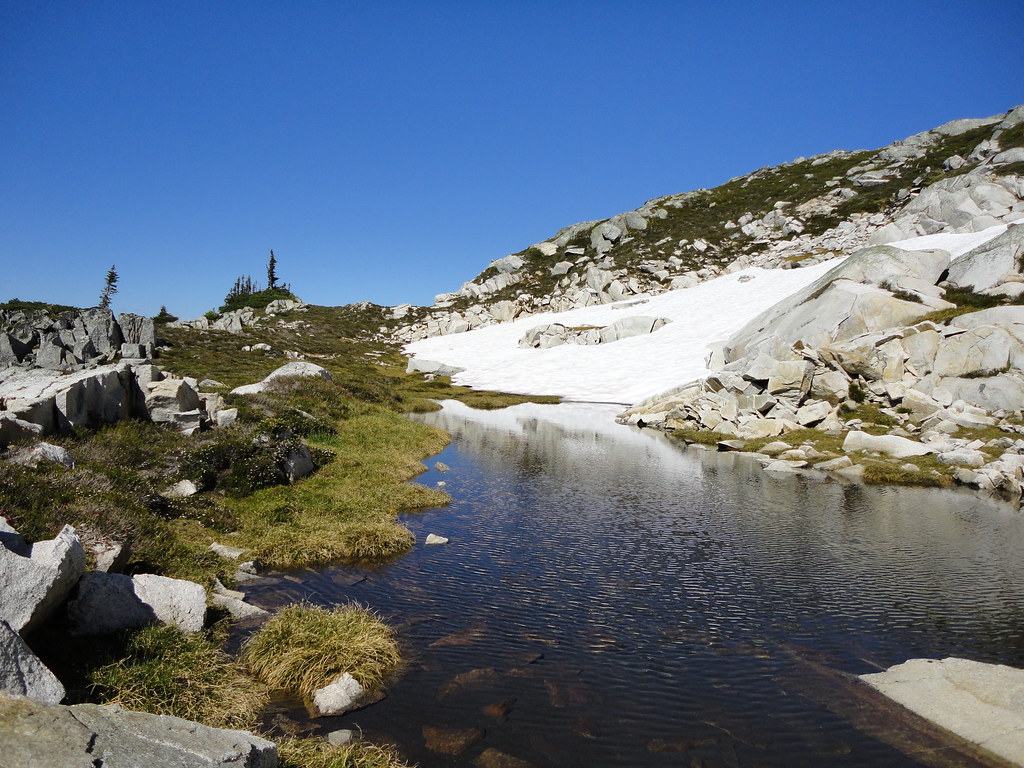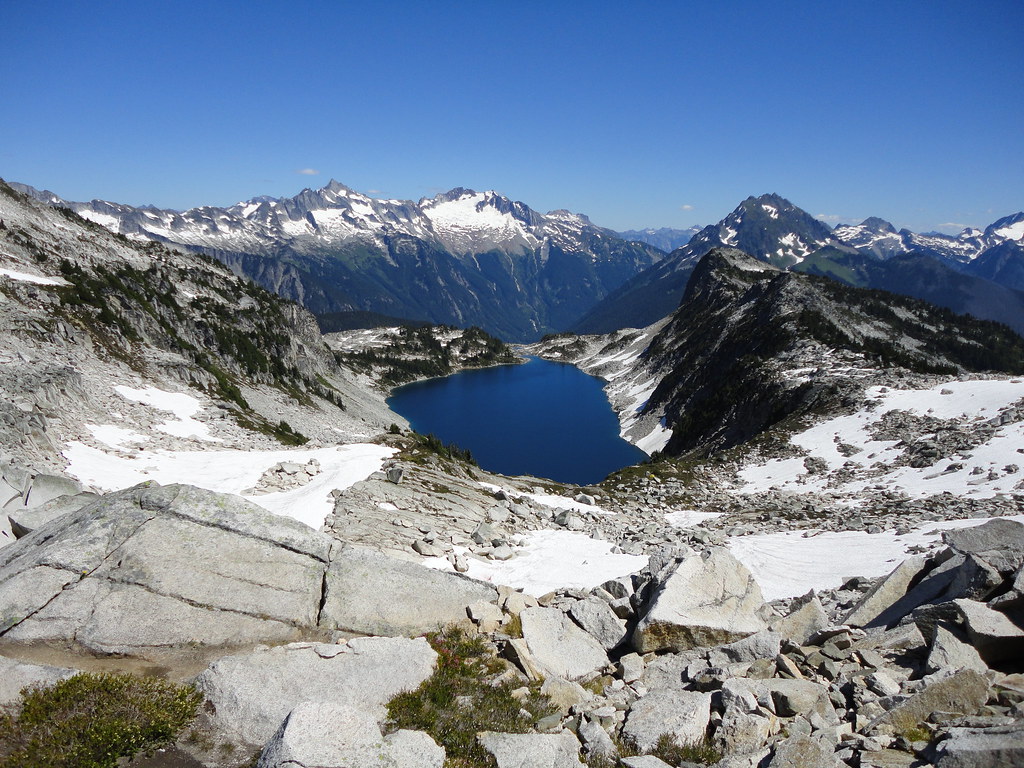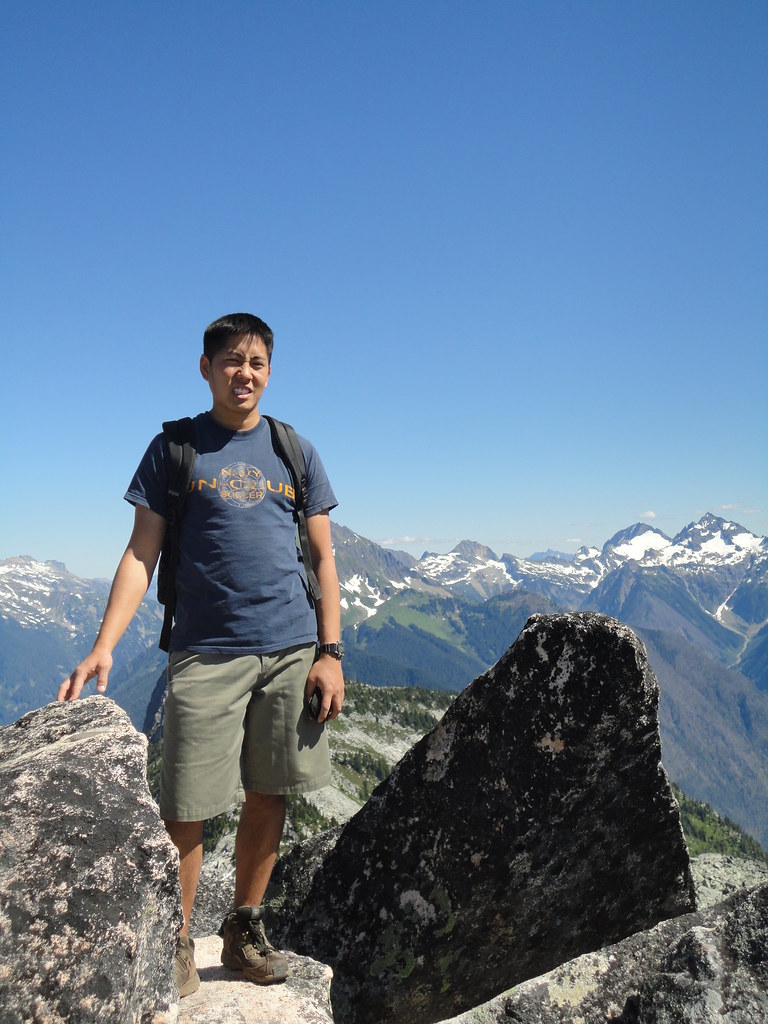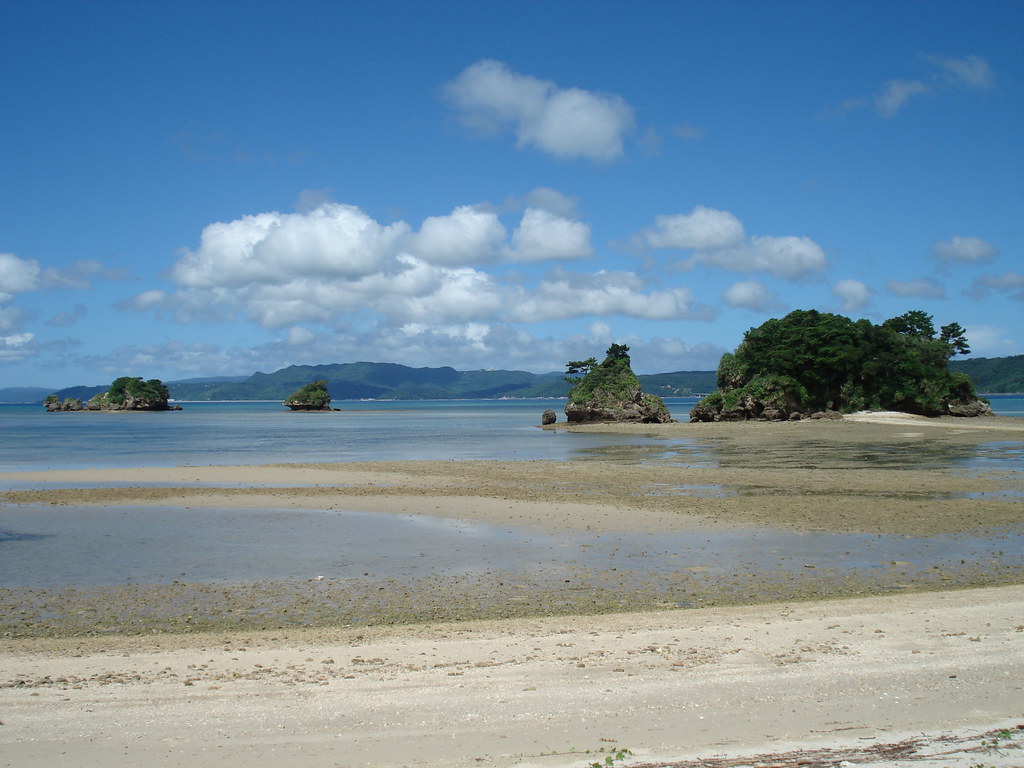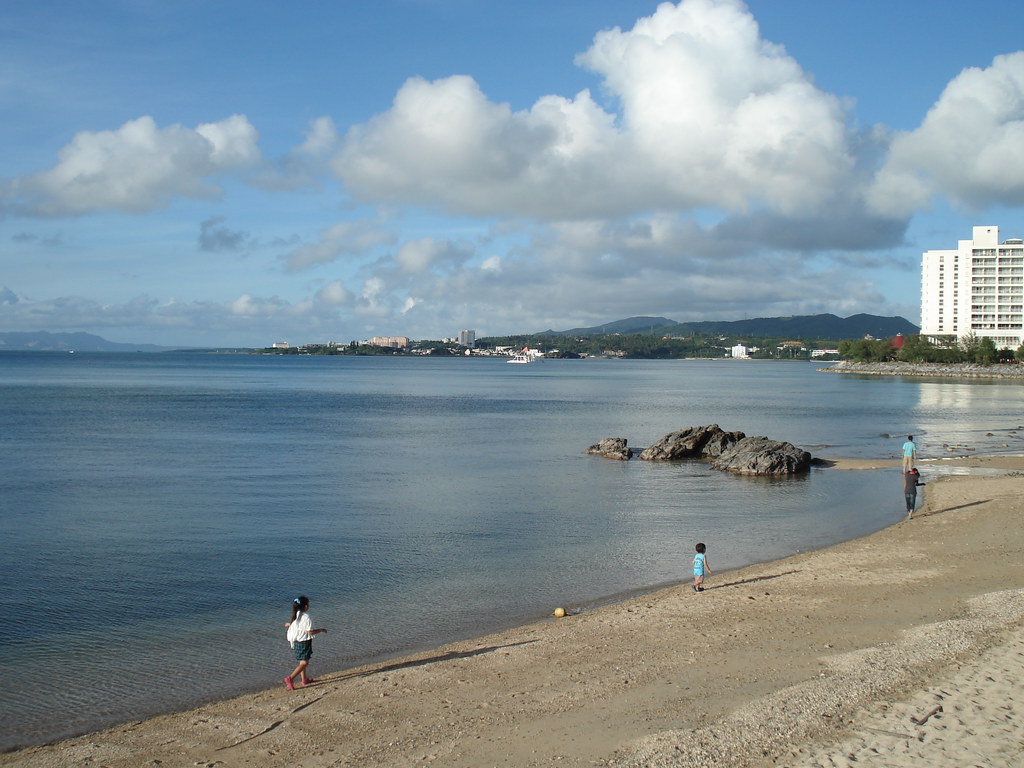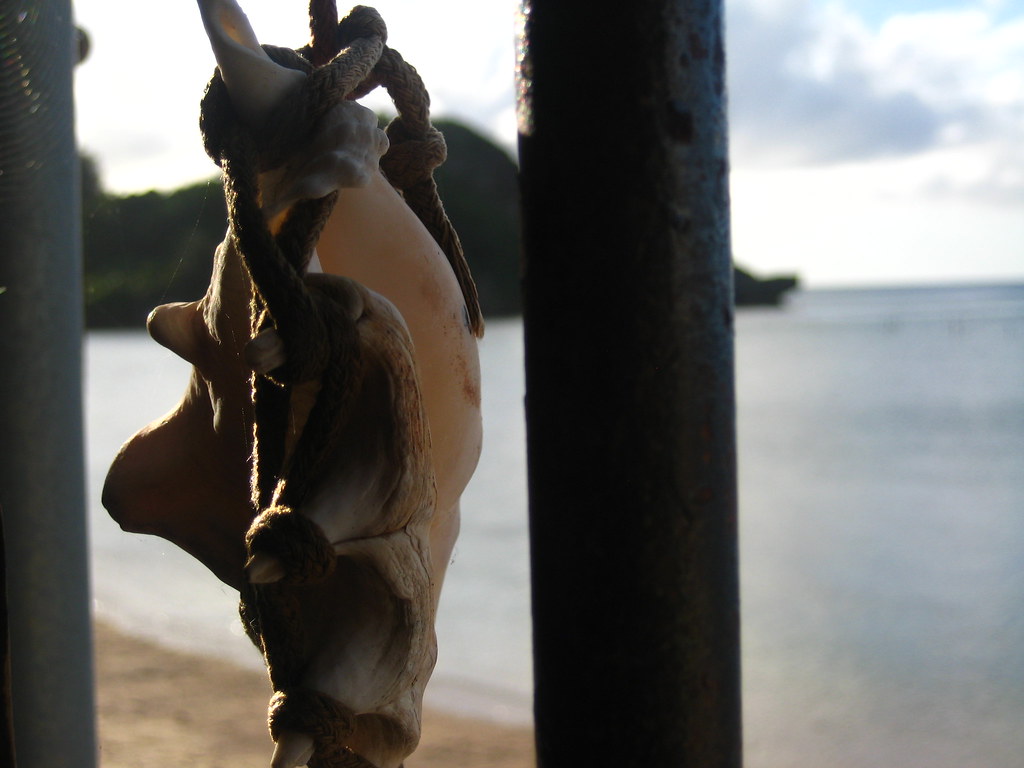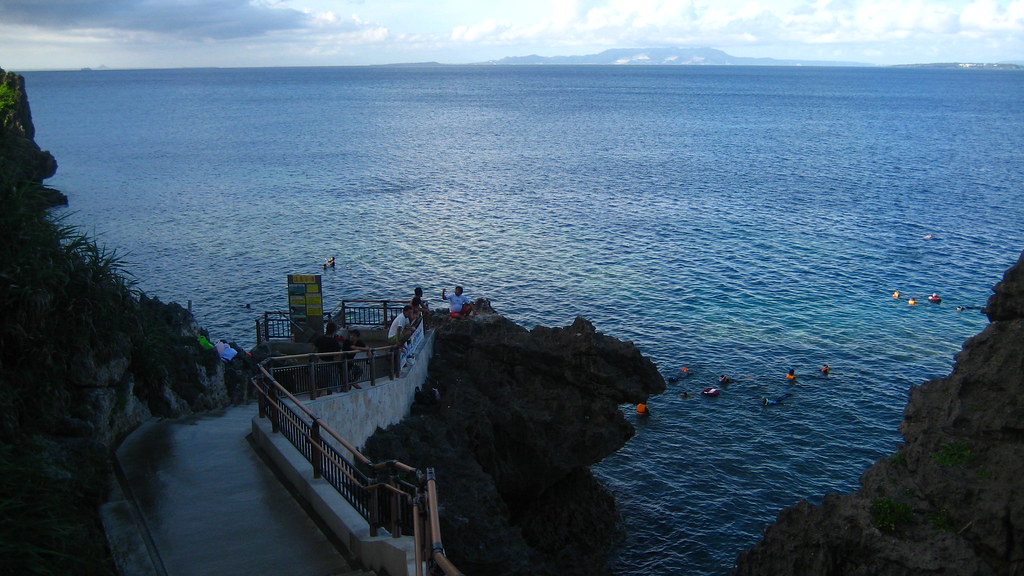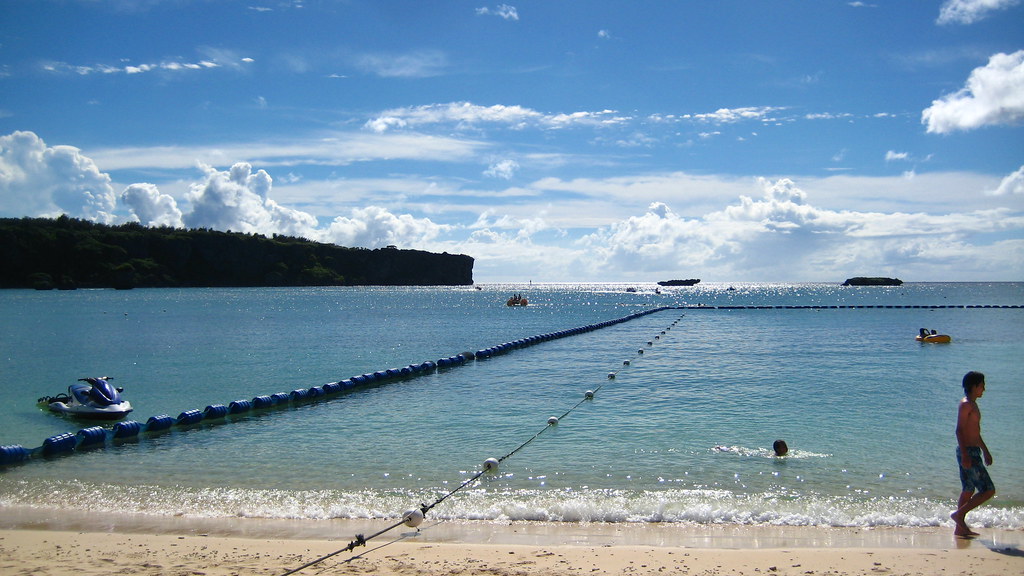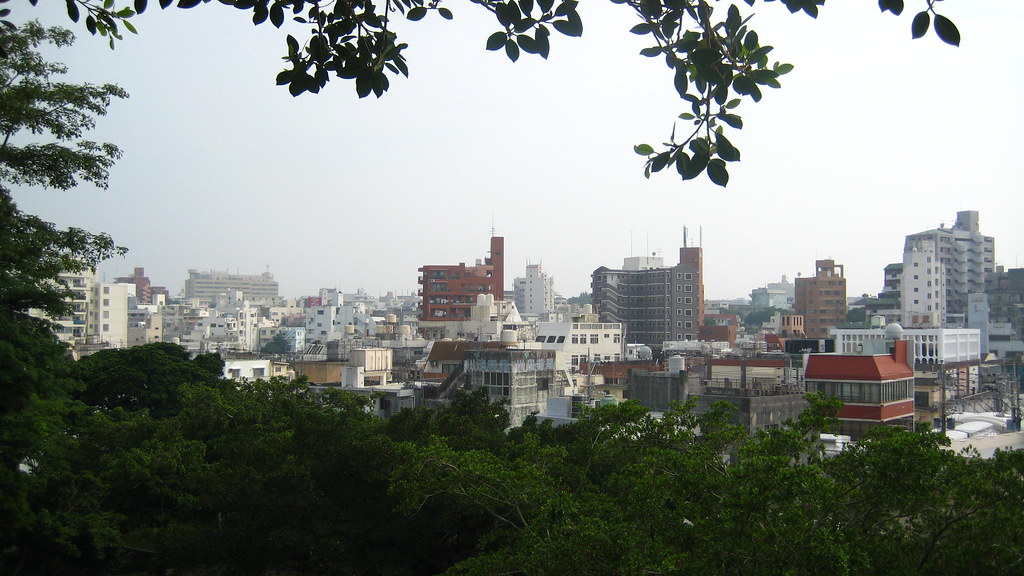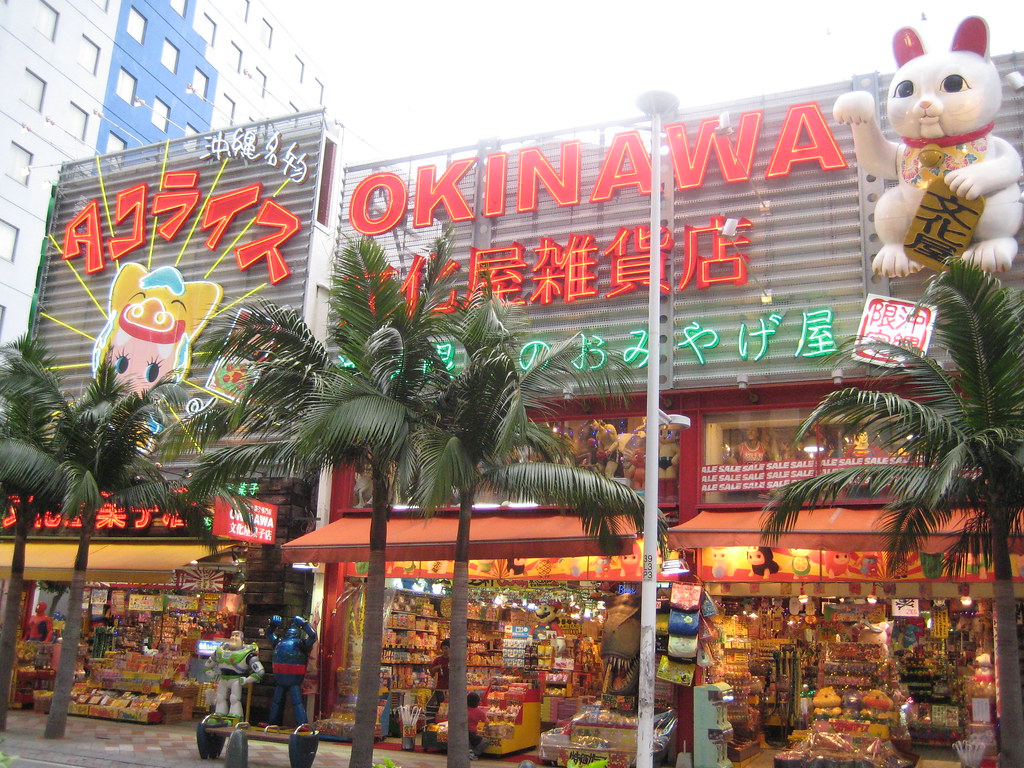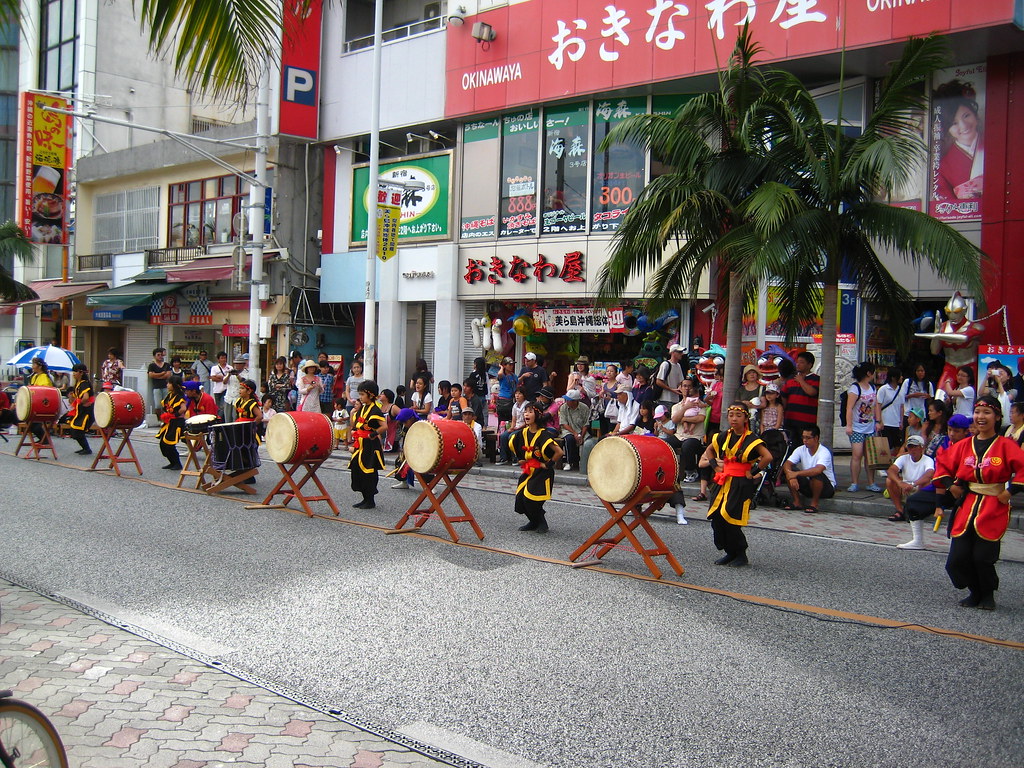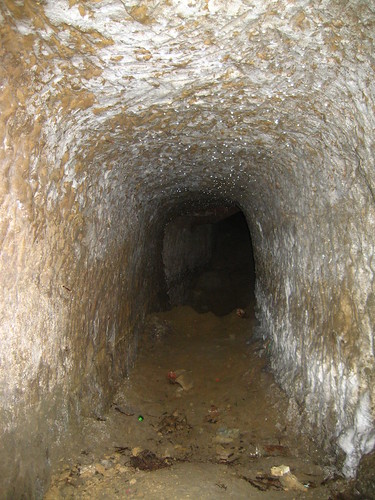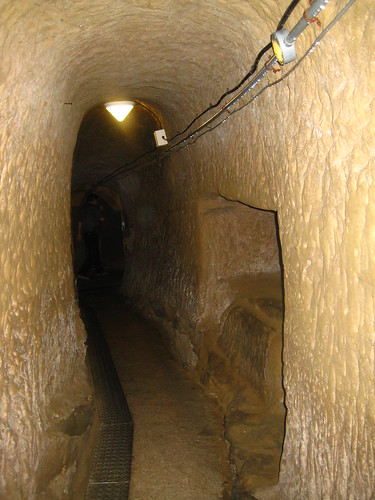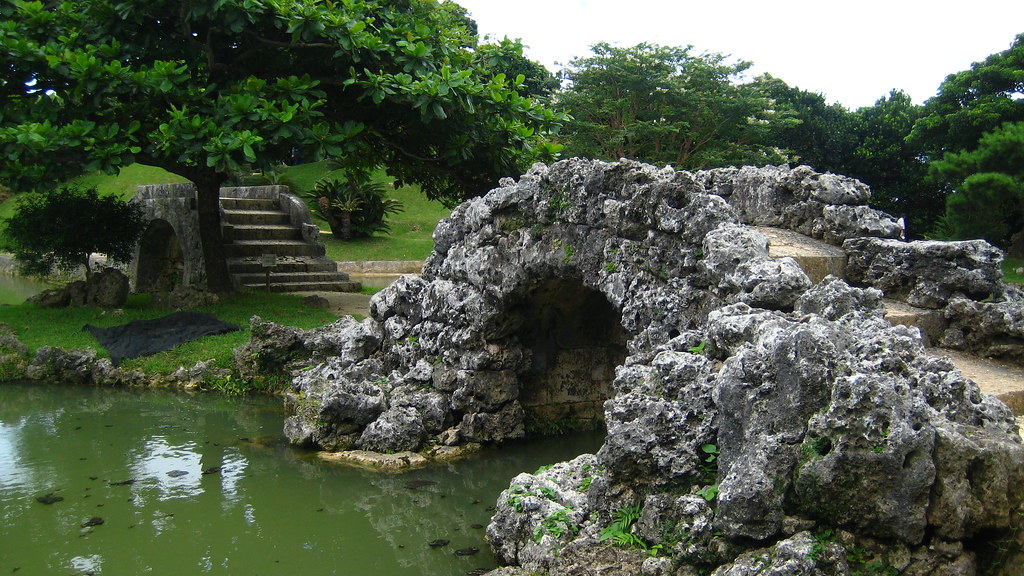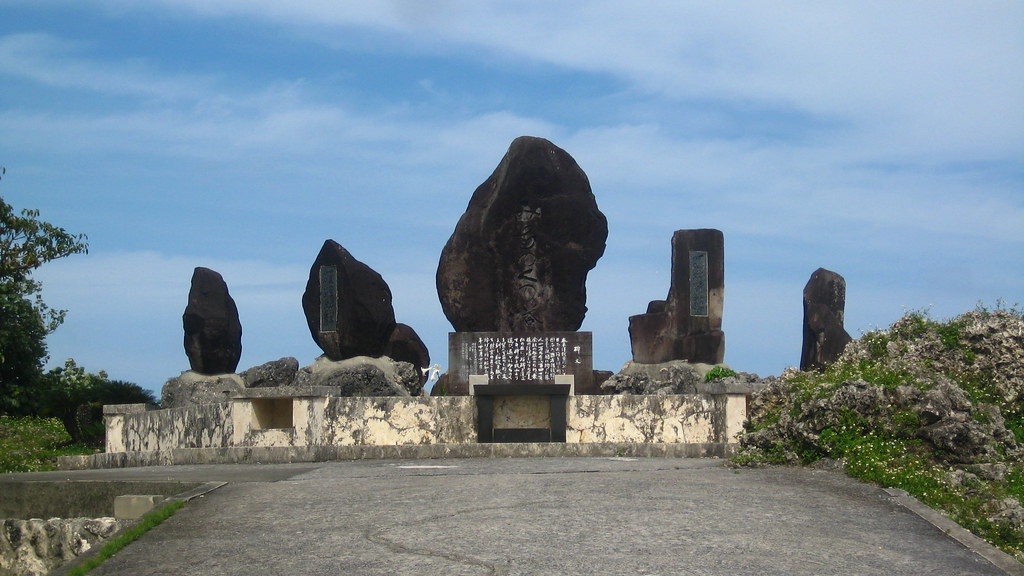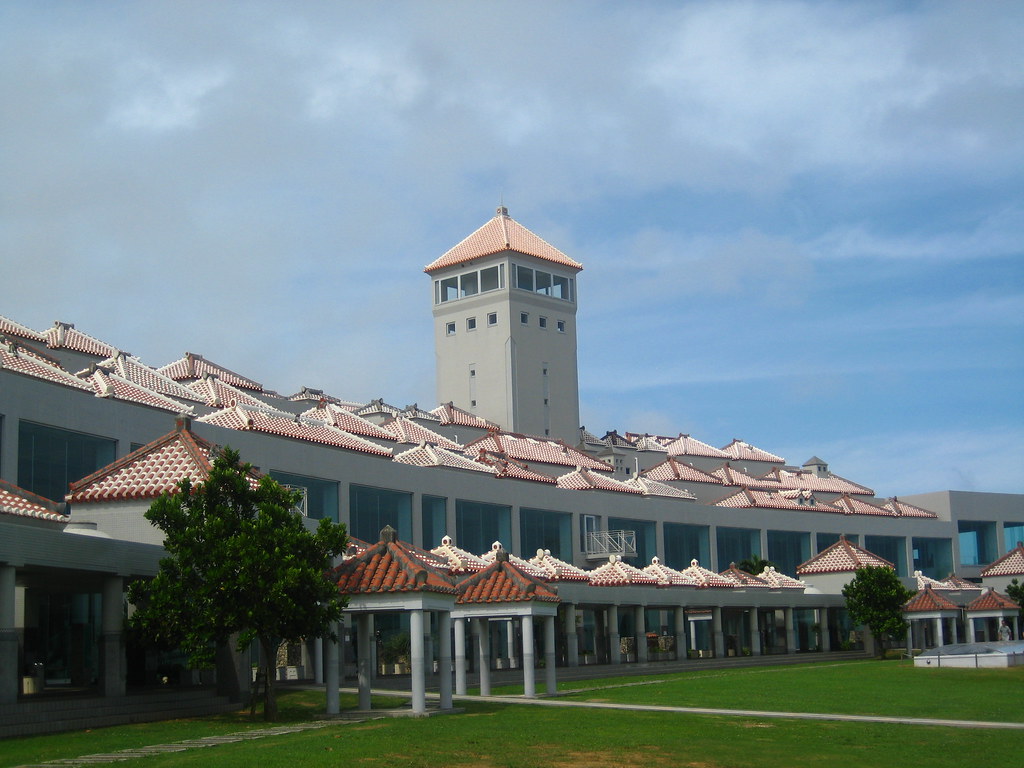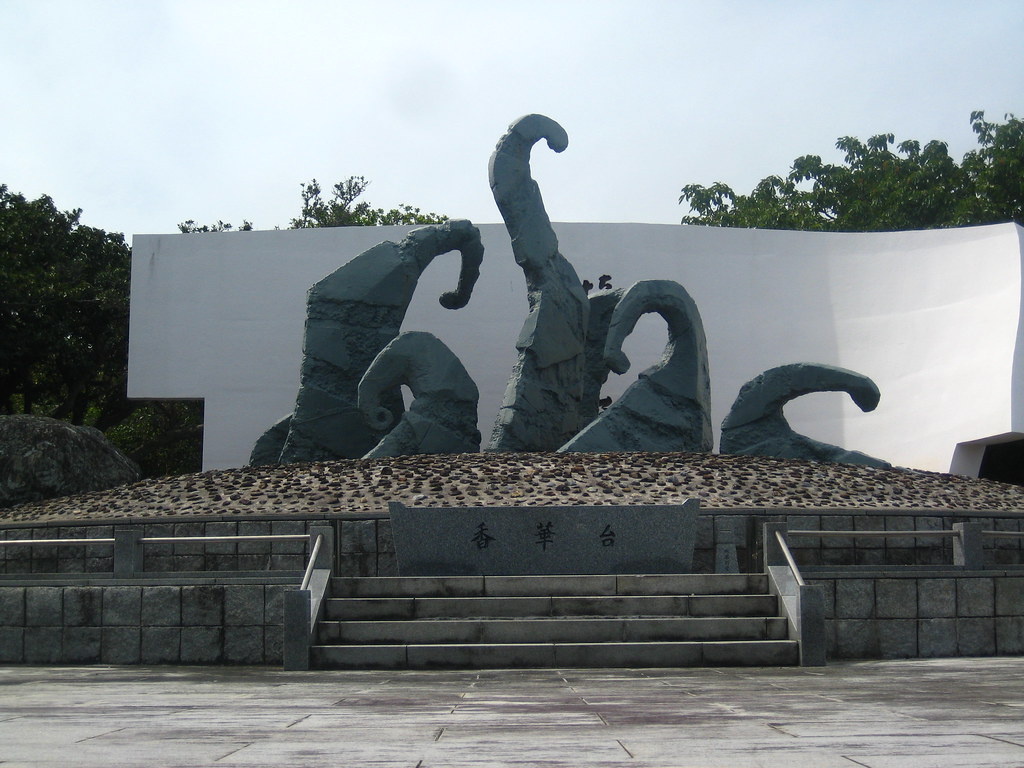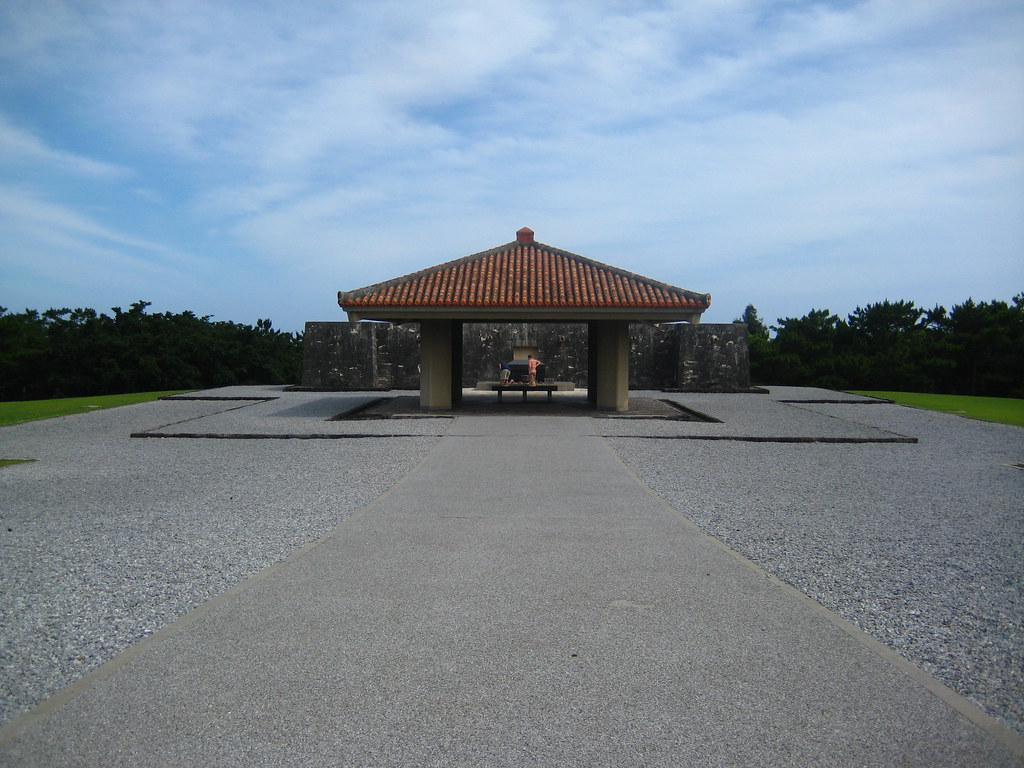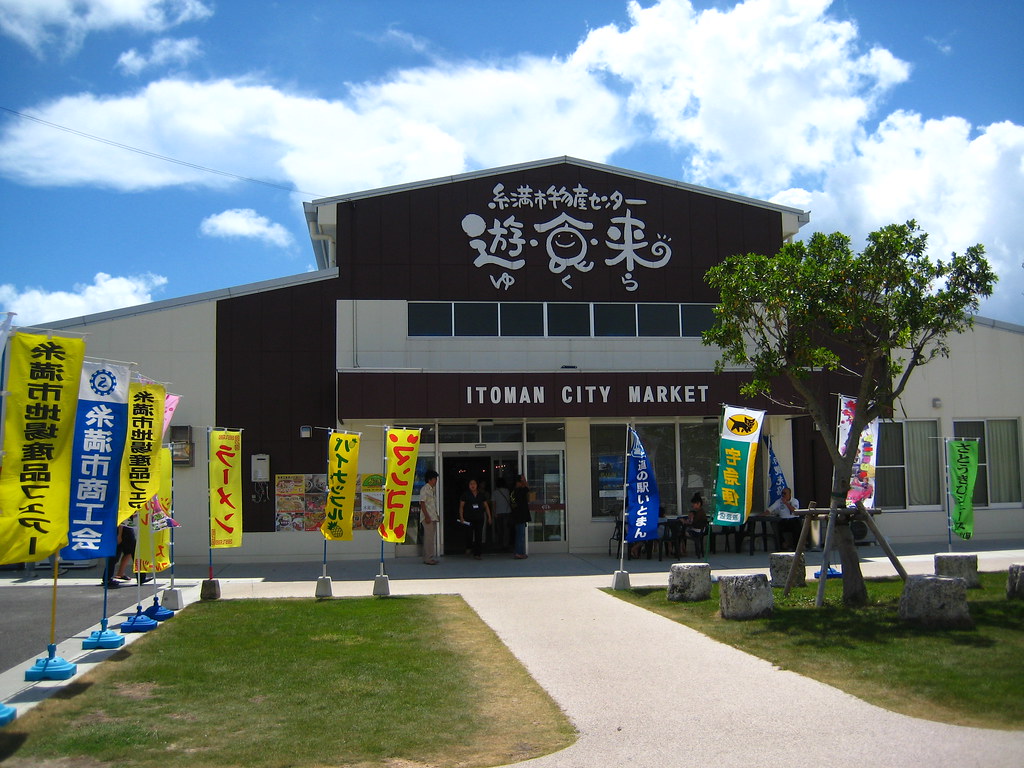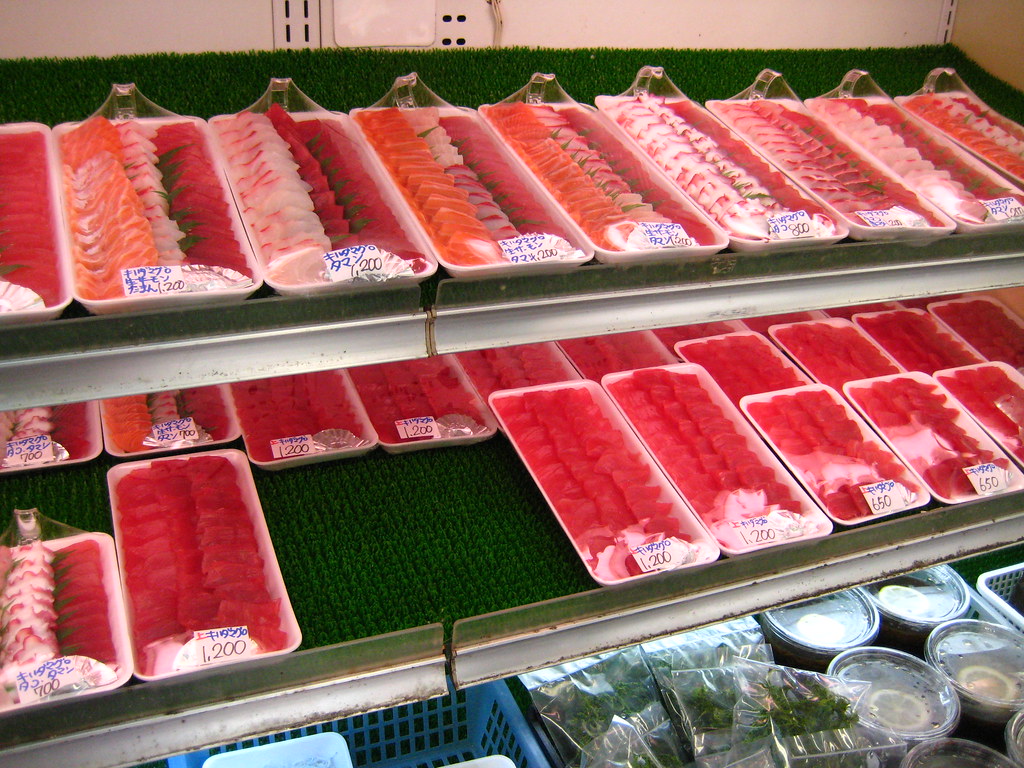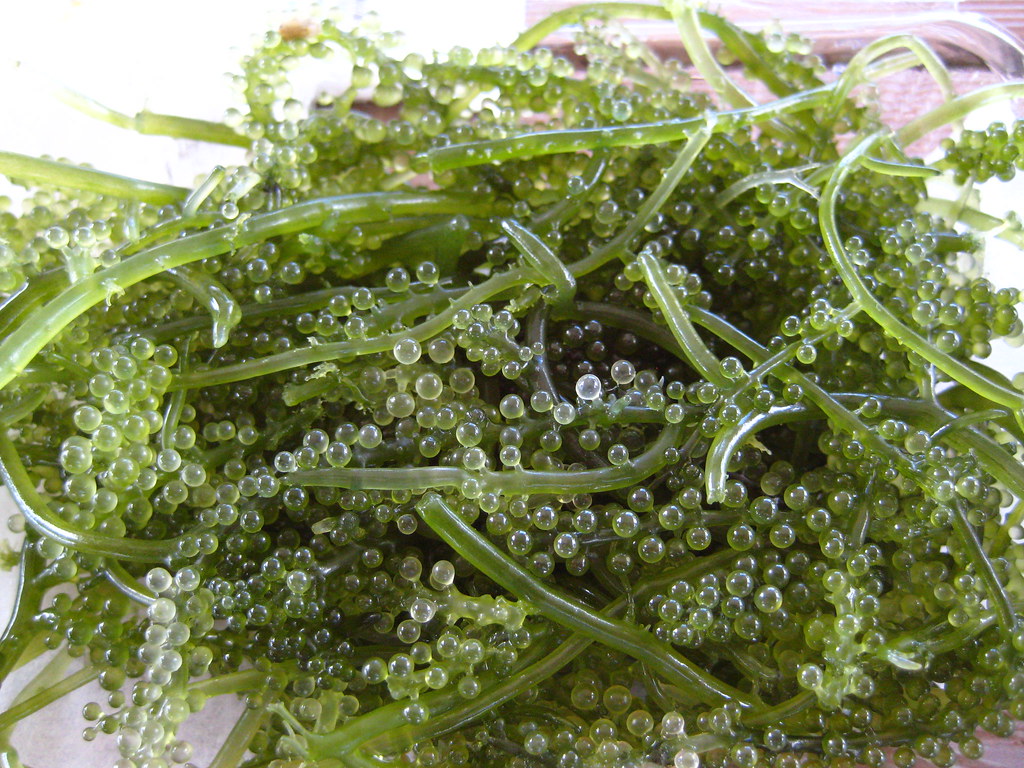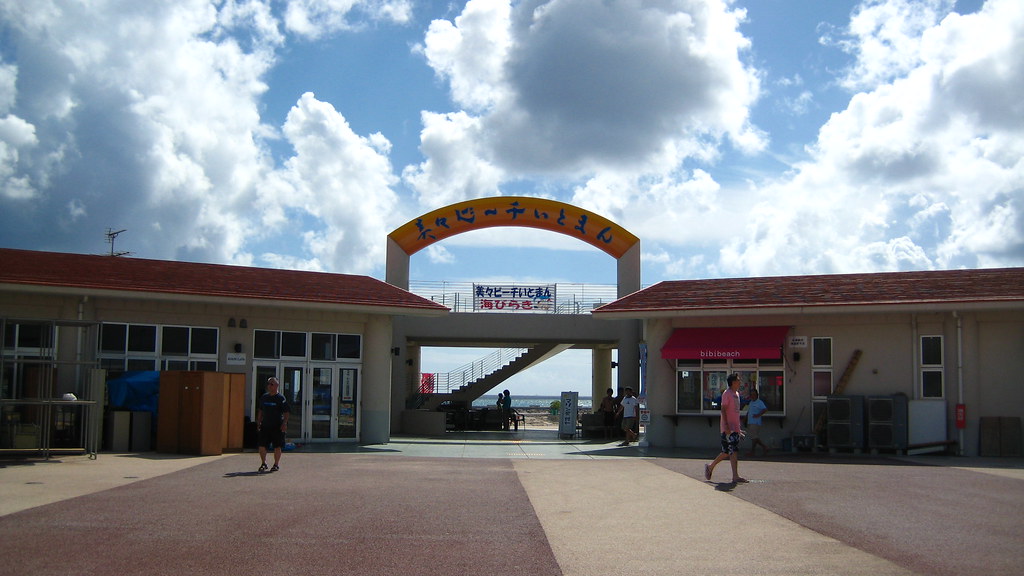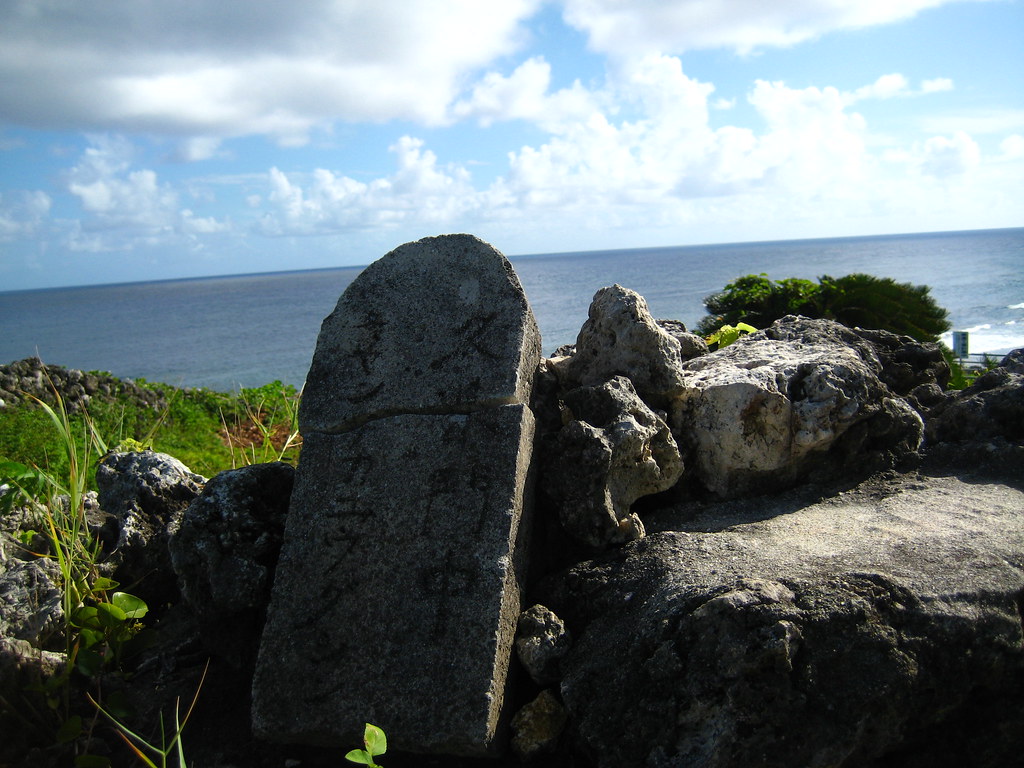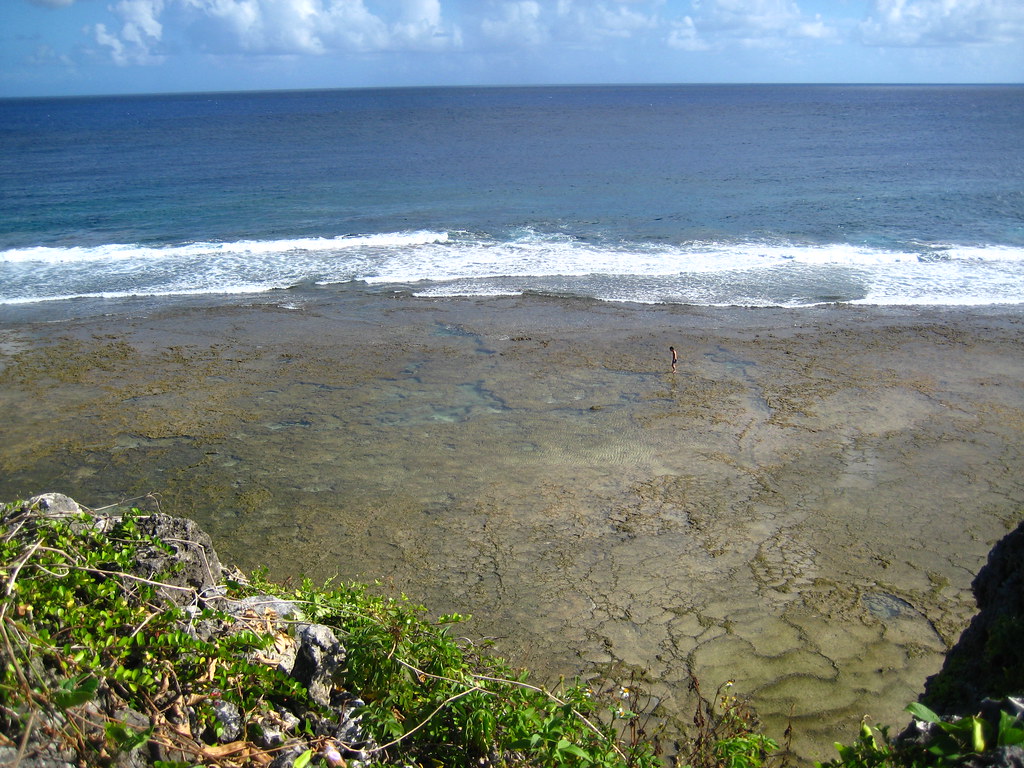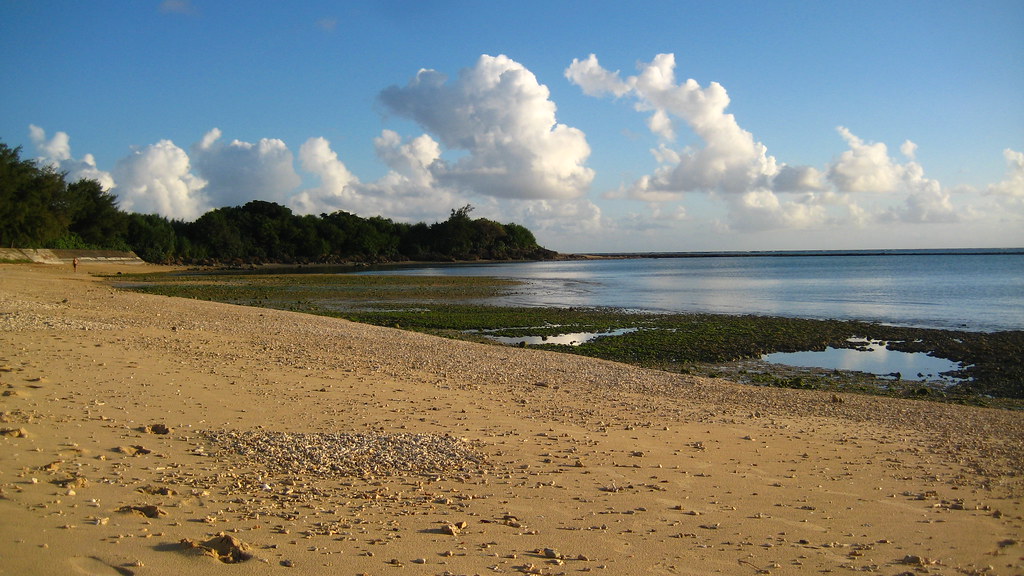
Naha is the capitol city of Okinawa, located on the southern west coast of the island and boasting a population of just over three-hundred thousand. The colorful figures above are the modern comical versions of Shisa - guardians of the city. Japanese mythology states that the Shisa come in a male / female pair. The female has her mouth closed to keep in good spirits, while the male has his mouth open to ward off the bad spirits. Shisa were everywhere on the island, usually placed on rooftops or in front of houses.
Naha city was named after a large mushroom-shaped stone (Naba) found within its borders. The stone eventually wore away and became buried and the cities pronunciation slowly changed to Naha. Very interesting. Here's a view of all three hundred thousand people's homes.

In the heart of the city lies Kokusai street. The street is about a mile long with a multitude of shops, bars, and restaurants spanning either side.
Typical Kokusai Street shop complete with Buzz Lightyear and T-rex
The street is closed off to commercial traffic on Sunday afternoons and performances like this are common up and down the street.
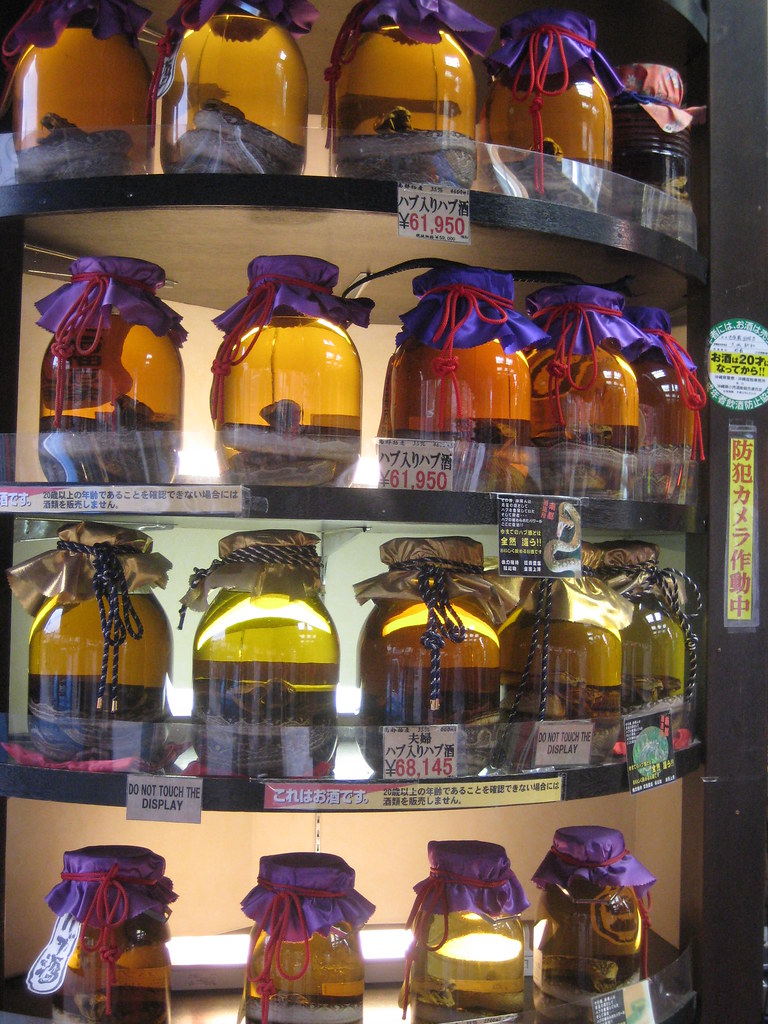
If you look closely you'll notice these bottles are filled with the local poisonous snake - the Habu Pit Viper. Approximately every 2 out of 1000 people are bitten by this snake annually. What better way to put it to use than stick it in a bottle of alcohol and take shots? The venom of the snake inhibits the liver from processing alcohol for a short time...meaning you'll get completely drunk all of a sudden. The funny thing about this drink, "Habu Sake", is that none of the locals drink it. It also costs about six hundred dollars for a large bottle.
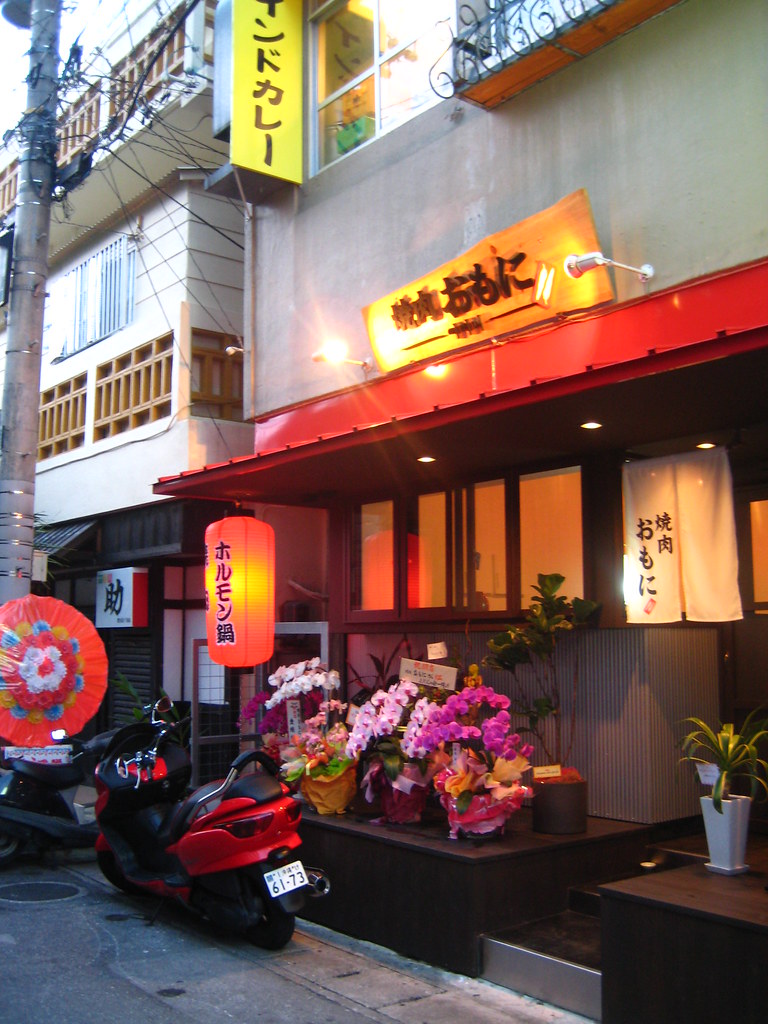
This is the most expensive Korean BBQ restaurant I have ever eaten at.
A friendly bartender working at a bar along the street. Her teeth are not the best.
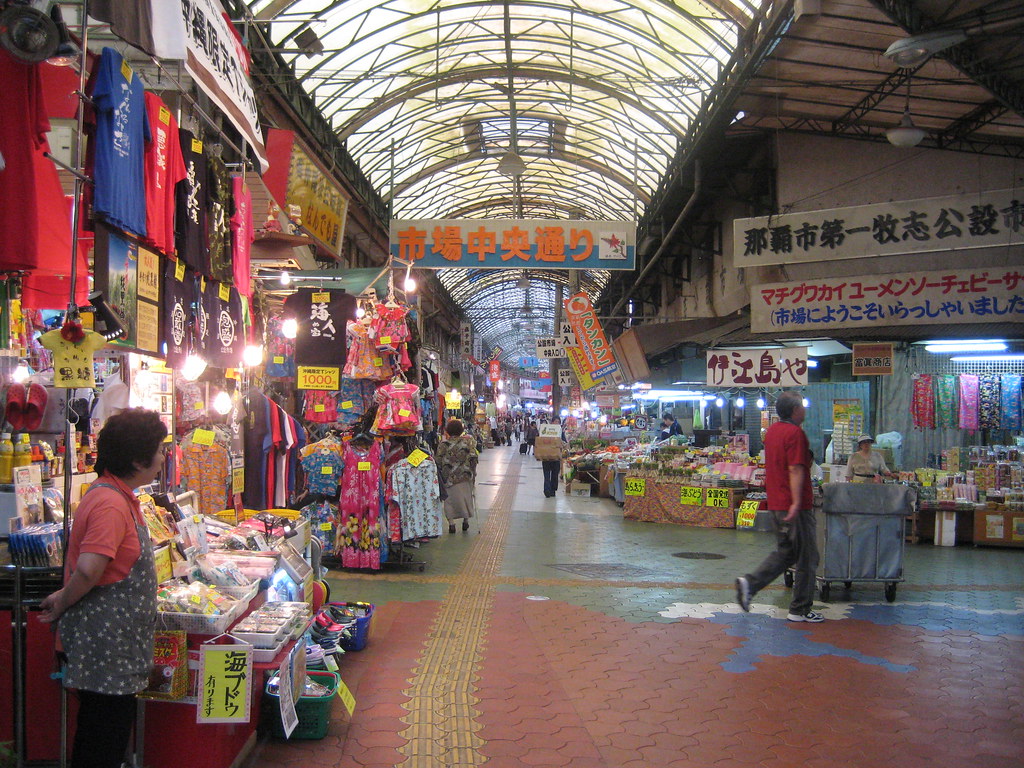
This is the famous Heiwa-dori Shopping Arcade. This covered tunnel eventually branches off in three or four directions and finding a way out becomes a challenge. This shop owner stares in dismay as a man walks into a cart.
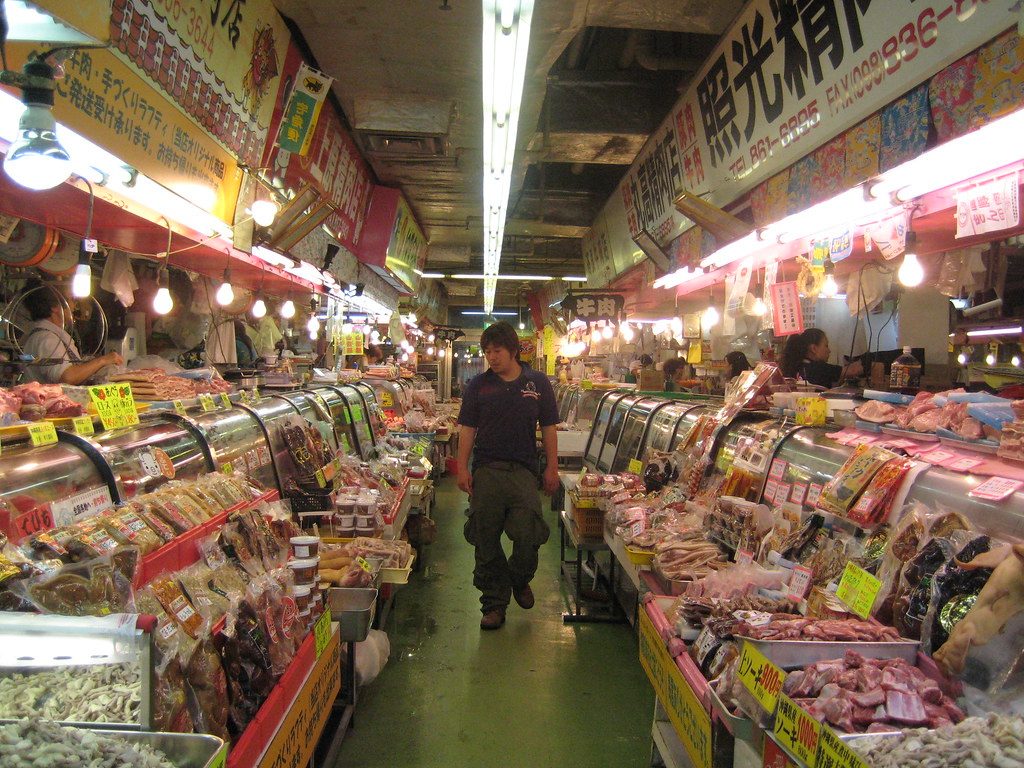
Somewhere inside the Shopping maze is the Makishi Public Market with its array of animal parts strewn about. Similar to the Itoman City Fish Market, this market also has ridiculously cheap Sashimi for sale.
Away from the craziness of downtown, I took a tour of the secret Japanese underground headquarters used during World War II. The temperature in these tunnels was a welcome change from the horribleness outside.
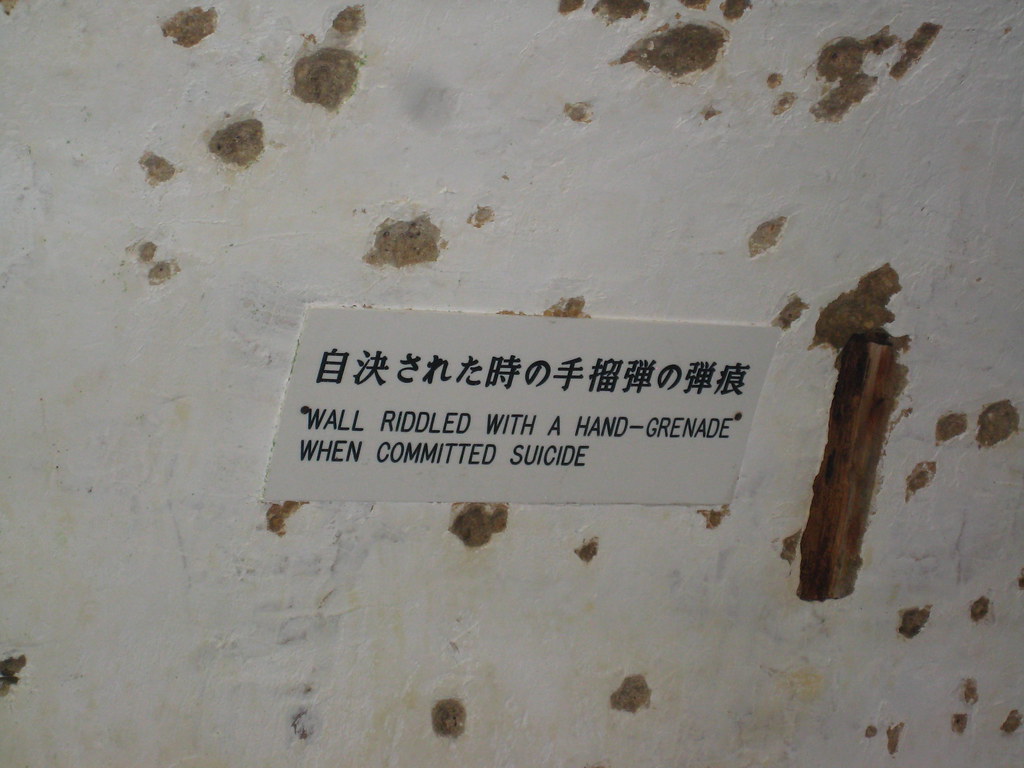
This was the most interesting room of the entire tour.
This is the famous Shuri Castle that served as the palace for the Ryukyu Kingdom centuries ago. According to records, the castle burned down several times throughout its history. The entire castle was completely destroyed again during World War II and finally rebuilt in 1992 based on photographs and drawings.
The Seiden, or Main Hall of the Castle
And lastly, I also visited what was referred to as "The New Jersey of Japanese Gardens". This is the backyard of a rich person's home which is now a museum.

